Equipment
What It Takes To Be The Hottest Shaft On The PGA Tour
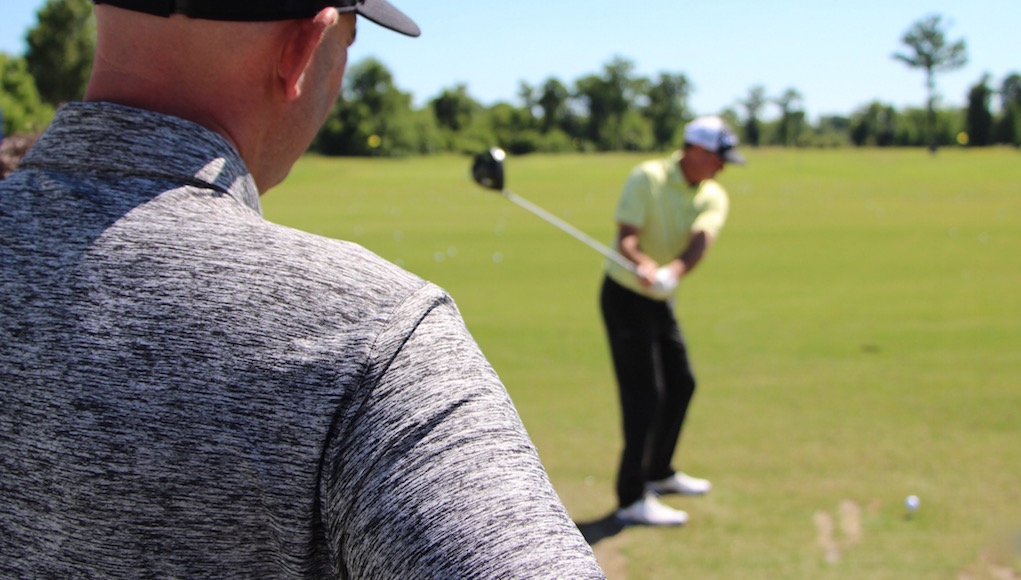
The Zurich Classic of New Orleans is one of the most laid-back PGA Tour events of the season, but as I watched Jerry Kelly hit drivers on the range I could tell things were already getting serious. And it was only Monday.
Next to me on the range was Pat McCoy, who was fitting Kelly for a new TaylorMade driver. Kelly’s “gamer” driver was a 2016 TaylorMade M2, an 8.5-degree version that was only made available to PGA Tour players. For weeks, Kelly had been anticipating the release of the 2017 M2 driver. He wanted to see if it could help him add a few yards to his drives, and earlier in the day the first batch of 8.5-degree 2017 M2 drivers were made available for PGA Tour players to test. Along with the new driver head, Kelly also wanted to test one of the hottest new driver shafts on the PGA Tour. For that he reached out to McCoy, the Director of Tour Operations for Fujikura.
McCoy estimated he had fit Kelly for new golf equipment roughly 35 times in his 17 years with Fujikura. “It’s not hard to know when I’ve failed and when I’ve been successful,” he said. Standing next to McCoy, however, it felt as if the success of this particular fitting was out of his control. McCoy wasn’t fazed, though.
The fitting started with Kelly comparing his gamer to the new driver. The new driver was built to exactly match Kelly’s gamer on TaylorMade’s Tour Truck, a mobile golf club fitting facility that travels with the PGA Tour each week. Both driver heads were digitally measured and had lofts of exactly 8.5 degrees. Their lengths were precisely 45.75 inches and they had matching lie angles of 61 degrees. They also had the same D2 swing weight, a measurement of the balance point of a driver. Aside from the updated design of the club head, the only difference was the shafts. Kelly’s gamer had an Aldila NV 2KXV Blue 60TX. The new driver had Fujikura’s new Atmos Tour Spec Black 6X.
McCoy called Kelly, who turned 50 in November, “old school” in the way he tests his equipment. He began his test by hitting about 10 shots with each driver, switching back and forth every few shots. Even without a launch monitor, Kelly could tell that the new driver head and shaft were creating a lower-launching, lower-spinning trajectory than his gamer. He liked what what he saw, but he wanted to see the data on a launch monitor.

Jerry Kelly (right) looks at launch monitor data with Pat McCoy (gray shirt) and Marshall Thompson (left).
A $35,000 golf ball-tracking device called Trackman was brought to Kelly’s spot on the range. It uses Doppler radar to tell golfers exactly what their ball golf ball is doing from the time it leaves the clubface to the time it hits the ground. In doing so, it offers dozens of readings, but the one McCoy was focused on was “land angle,” or the angle at which the ball hits the ground. With Kelly’s gamer, his drives were hitting the ground at about 40 degrees, which is too steep by PGA Tour standards. With the new driver head and the Atmos Tour Spec Black shaft, Kelly’s land angle was reduced to 34 degrees, which was giving him more roll. It seemed liked a slam-dunk, but Kelly still wasn’t sold. He was concerned with his “ball speed,” the measure of how fast a golf ball leaves a driver head. It was 1-2 mph lower with the new driver head and the new driver shaft. That was costing him carry distance, but McCoy had a fix.
“What I try not to do is fit my swing into the club. “I fit the club into my swing.” — Jerry Kelly
Along with the Atmos Tour Spec Black, McCoy also had an Atmos Tour Spec Blue shaft prepared for Kelly to test. It was built to Kelly’s specifications should such a situation arise. The Atmos Tour Spec Blue is almost identical to the Atmos Tour Spec Black with one important difference: the mid and tip sections of the shaft are more flexible, which creates a mid-launching, mid-spinning trajectory. The theory was that the more flexible design of the Atmos Tour Spec Blue would create more “kick” to help Kelly improve his ball speed. That turned out to be true, but it was now a game of whack-a-mole. Like Kelly’s gamer shaft, the Atmos Tour Spec Blue increased Kelly’s land angle. Looking a little frustrated, Kelly started rotating between the three shafts — Atmos Tour Spec Black, Atmos Tour Spec Blue and his Aldila — as well as the old and new driver heads.
“This is where you just let them go,” McCoy told me.
TaylorMade drivers have 12 different hosel settings, which adjust the loft, lie and face angle of a driver in combination. Kelly was hitting all three shafts in just about every one of the combinations. In the midst of the rapid fire, McCoy turned the fitting over to Marshall Thompson, a fellow PGA Tour Shaft Rep for Fujikura. McCoy walked to the far end of the range to talk to Daniel Summerhays, who uses Fujikura shafts in his metal woods.
Every week, McCoy receives an email from PGA Tour Statistician Rich Hunt. It includes a spreadsheet with launch monitor data of all the players on the PGA Tour. The data is pulled from ShotLink and plots weekly launch monitor stats, as well as averages for the season. McCoy keeps a close eye on every PGA Tour player’s data, making him a walking encyclopedia of which golfers are driving it well on the PGA Tour and which golfers aren’t. Reviewing the data each week, McCoy noticed that Summerhays’ launch conditions were creeping toward the high side of optimal due to changes Summerhays was making in his swing. There were a few ways to approach the problem, but the easiest was for Summerhays to reduce the loft of his driver by 0.5 degrees, which lowered both his launch angle and his spin rate. After chatting with Summerhays about it, McCoy was confident that he would go that direction.
McCoy’s start in the golf industry came as an instructor. At age 20, he became an Assistant PGA Professional at PGA West in La Quinta, California, making him the youngest teacher at the time to hold the position at the famed course. He said he was quickly frustrated teaching golf because his students rarely practiced in between their lessons. That made it almost impossible for him to improve their games. He found that in most cases he could help his students improve more quickly and more permanently by changing their equipment, which made it possible for them to have more fun playing golf. “Isn’t that what it’s all about?” he said. Ultimately, that’s what led him to the golf equipment world.
McCoy’s distinction as a PGA Professional is well known on the PGA Tour, and one of the reasons he’s so popular with Tour players. Another reason is his approach, which focuses on building long-term relationships with players that aren’t tied to their interest in Fujikura shafts. PGA Tour player William McGirt has used Fujikura shafts in his metal woods for years, and he said the main reason why is his trust in McCoy. “He’s not going to put something in my hands if it’s not going to work,” McGirt said. “It’s going to be perfect. And if it’s not perfect, it’s going to be damn near close.”
Unlike the major golf equipment manufacturers on the PGA Tour, shaft makers like Fujikura don’t pay golfers to use their products. For that reason, McCoy takes a different approach to get his products in the hands of the world’s best. He maintains relationships with all the major equipment manufacturers, making sure they’re stocked with the Fujikura shafts they need. And he’s always sure to keep them fully informed of the work he’s doing with the PGA Tour players they pay to use their clubs. Not doing so could not only compromise his relationship with an equipment manufacturer, but it could also create a scenario where a PGA Tour player is getting conflicting information about what’s best for him. According to McGirt, that can wreak havoc on a Tour player’s game.
On the PGA Tour, a big-name player’s usage of a golf club or shaft can result in millions of dollars in sales for a golf equipment manufacturer. It can be the difference between a company like TaylorMade putting a Fujikura shaft in its latest driver release or choosing the shaft of one of its competitors. While Fujikura has maintained a healthy amount of business with both major golf equipment manufacturers and after-market custom club fitters for more than a decade, some shaft companies are less stable. McGirt described a situation he said he’s observed frequently on the PGA Tour, where in an effort to get a new shaft in play, a shaft rep pushed a player into a product that wasn’t right for his game.
“You can work yourself into some bad habits trying to make [a shaft] work,” McGirt said. “Honestly, I could probably get [a shaft] that performed a little better than what I’m using now, but then I’d have to get used to it. Coming down under the gun, knowing what a [shaft] is going to do is the biggest then for me.”
Wade Liles, a PGA Tour Truck Technician for TaylorMade, echoed McGirts sentiments. “We want our players to play better, not just switch to get a new shaft in play.” In Liles’ 17 years on the PGA Tour, he said he’s seen an incredible shift in the clubs and shafts PGA Tour players use. Most of the shafts made 17 years ago would be “worthless” on the PGA Tour due to advances in technology, he said. “Shaft manufacturers aren’t going to come out with the same shaft year after year,” he said. “It’s going to be a new shaft and it’s going to be a better shaft.”
McCoy estimated that it takes at least 50 different driver shaft models to optimize the performance of the roughly 300 golfers who play on the PGA Tour each season. For that reason, PGA Tour equipment trucks are stocked with dozens of shafts from multiple shaft manufacturers. They all vary slightly in materials and constructions, as well as in weights, flex and kick point. Kevin Napier, a Senior Tour Technician for Callaway, said that in some cases getting a player to change to a new shaft has nothing to do with performance at all. It can come down to a shaft manufacturer’s willingness to make a shaft in a custom paint color.
“[PGA Tour Players] remember the people who are honest with them. And when they’re struggling, they usually come back to me to see if I can help.” — Pat McCoy
In an effort to meet the needs of PGA Tour players and amateur golfers across the globe, Fujikura had released an abundance of shaft models in recent years. There was consistent feedback from PGA Tour players, golf equipment manufacturers and custom-club fitters, however, that having so many models was complicating the fitting process. Fujikura stopped getting that feedback this year, and there has also been a significant uptick in the amount of Fujikura shafts used on the PGA Tour. At the Zurich Classic, for example, Fujikura led all shaft manufacturers with 41 driver shafts in play (25.6 percent), and McCoy attributes the growth directly to Atmos Tour Spec.

Seung Yul Noh (upper left), Steve Stricker (upper right), Si Woo Kim (lower left) and Jerry Kelly (lower right) with Fujikura Atmos Tour Spec shafts at the Zurich Classic.
Atmos Tour Spec is divided into three models (Black, Blue and Red). Each of them are available in a wide range of weights and flexes. The Atmos Tour Spec Black offers the lowest trajectory, the Atmos Tour Spec Red offers the highest trajectory, and the Atmos Tour Spec Blue fills the middle ground. All three are inspired by successful shaft designs that Fujikura has been perfecting for the better part of two decades, which McCoy said is the real reason for their success. Like other leading shaft makers, Fujikura is using the latest technologies and materials to create Atmos Tour Spec shafts, but “it’s not really about the materials,” he said. “It’s about learning what works and what doesn’t, and then why,” he said. “We’ve always made high-quality product, but it’s learning from it.”
McCoy said that unlike in years past, he’s able to explain the benefits of the Atmos shafts to PGA Tour players with ease. He doesn’t have to tell them about the new carbon fiber materials that the shafts use. He doesn’t have to explain the years of study that went into improving the way the shafts load and unload for different swings. Tour players immediately understand the black-blue-red story. Just as importantly, they trust that McCoy wouldn’t ask them to test a product that he didn’t think could help their game.
McCoy said he’s been approached by dozens of PGA Tour players who have never used a Fujikura shaft before, but now want to try one. In many cases, Atmos gave them better results. In other cases, McCoy would find that a PGA Tour player’s current shaft was perfect for them. He said he never hesitates to tell them so. “They remember the people who are honest with them,” McCoy said. “And when they’re struggling, they usually come back to me to see if I can help.”
There were 15 PGA Tour players hitting golf balls on the range at the Zurich Classic on Monday afternoon. Five of them were hitting drivers, and all five of them were swinging Fujikura shafts. One was Jerry Kelly, who was wrapping up his test of the Atmos Tour Spec Black and Atmos Tour Spec Blue for the day. Fujikura rep Marshall Thompson had showed him that he could get better results from the 2017 TaylorMade M2 driver head and the Atmos Tour Spec Blue shaft if he was willing to lower the loft to 7.5 degrees. Doing that, he got both the ball speed and the trajectory he wanted, but Kelly said would need to do some more testing at home. By this time, McCoy had returned to the fitting. “What I try not to do is fit my swing into the club,” Kelly told Thompson. “I fit the club into my swing.”
“Did you hear that,” McCoy said to me. “That’s the truth there.”
Equipment
BK’s Breakdowns: Cameron Young’s winning WITB, 2025 Wyndham Championship

Cameron Young’s WITB from his win at the 2025 Wyndham Championship. Cameron is a Titleist staff player but his bag is definitely filled with some unique clubs. Here are the clubs he used to secure his first PGA Tour win!
Driver: Titleist GT2 (9 degrees, A1 SureFit setting)
Shaft: Mitsubishi Tensei 1K Pro Orange 70 TX
3-wood: Titleist GT3 (15 degrees)
Shaft: Mitsubishi Tensei 1K White 80 TX
Hybrid: Titleist GT2 (21 degrees)
Shaft: Fujikura Ventus HB Black VeloCore+ 10 X
Irons: Titleist T200 (4), Titleist T100 (5), Titleist 631.CY Prototype (6-9)
Shafts: True Temper Dynamic Gold X7 (4-9)
Wedges: Titleist Vokey Design SM10 (48-10F, 52-12F, 56-14F @57), WedgeWorks (60-K* @62)
Shafts: True Temper Dynamic Gold X7
Putter: Scotty Cameron Phantom 9.5 Tour Prototype
Grips: Golf Pride Tour Velvet Cord
Ball: Titleist Pro V1x Prototype
Whats in the Bag
Peter Malnati WITB 2025 (August)
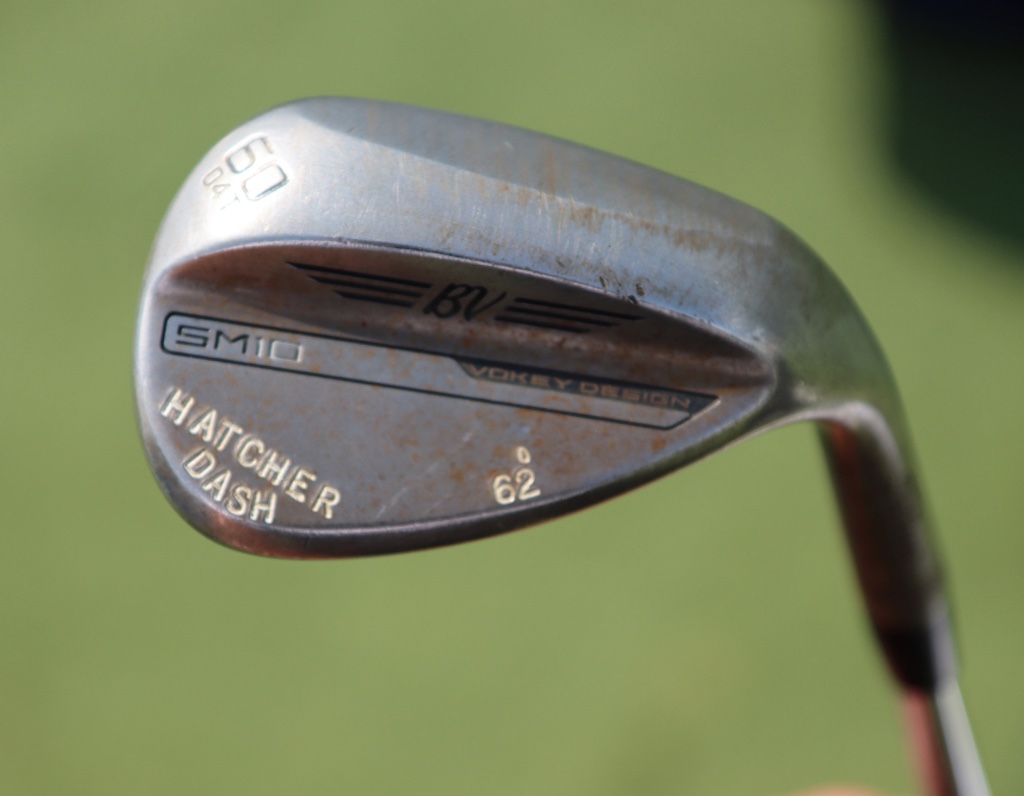
- Peter Malnati what’s in the bag accurate as of the Wyndham Championship. More photos from the event here.
Driver: Titleist GT3 (10 degrees, C2 SureFit setting)
Shaft: Project X Denali Blue 60 TX
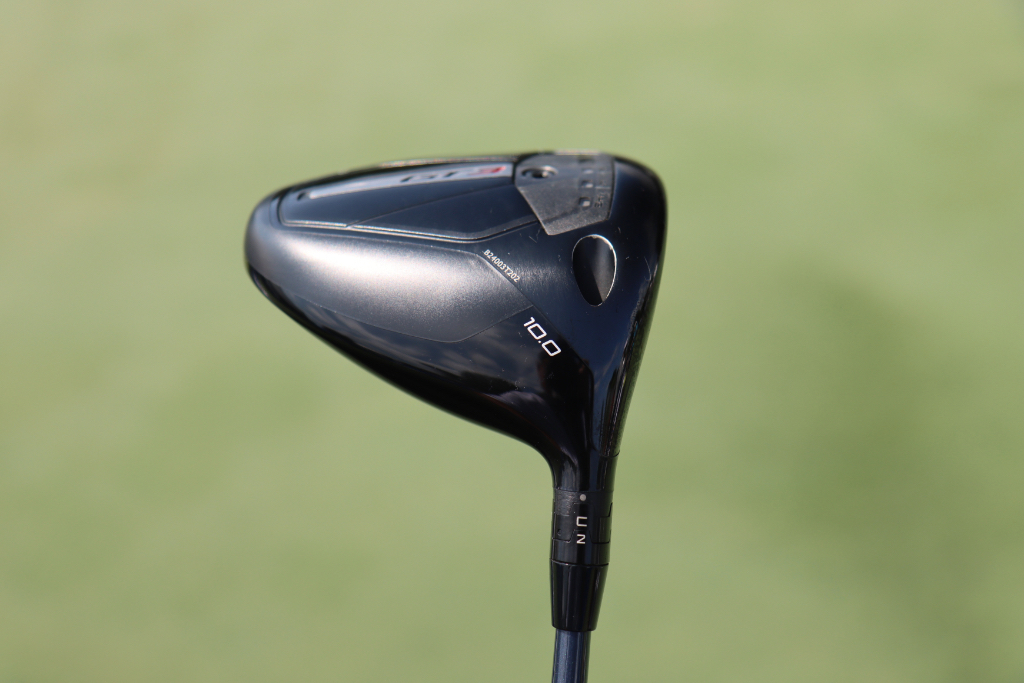

3-wood: Titleist GT3 (15 degrees, A1 SureFit setting)
Shaft: Fujikura Ventus TR Blue 7 X
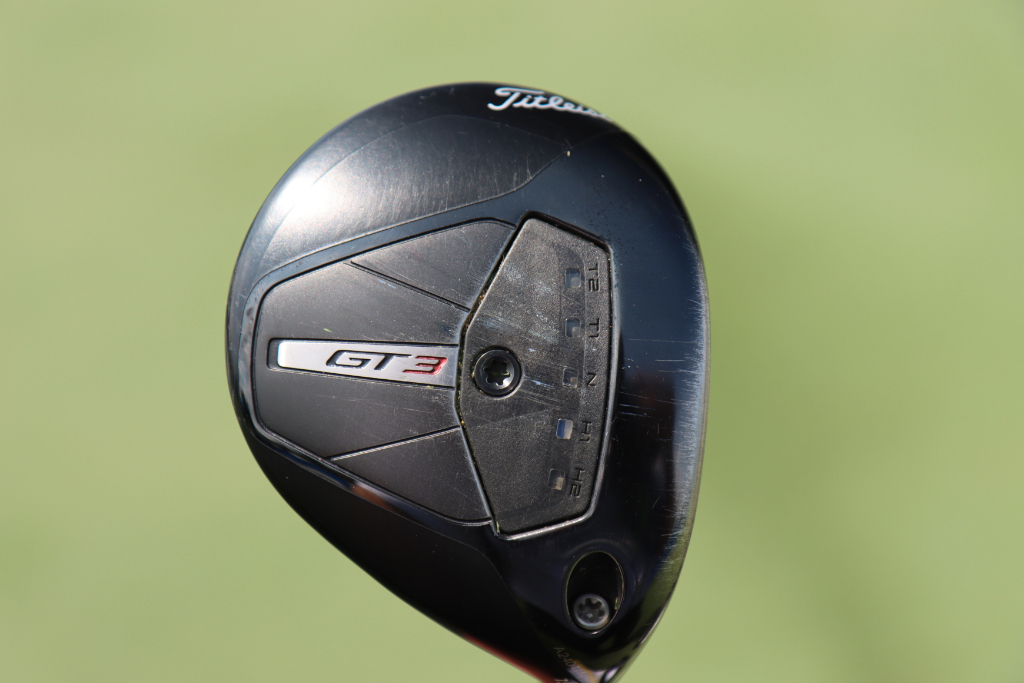
7-wood: Titleist GT2 (21 degrees, D1 SureFit setting)
Shaft: Fujikura Ventus TR Blue 8 X
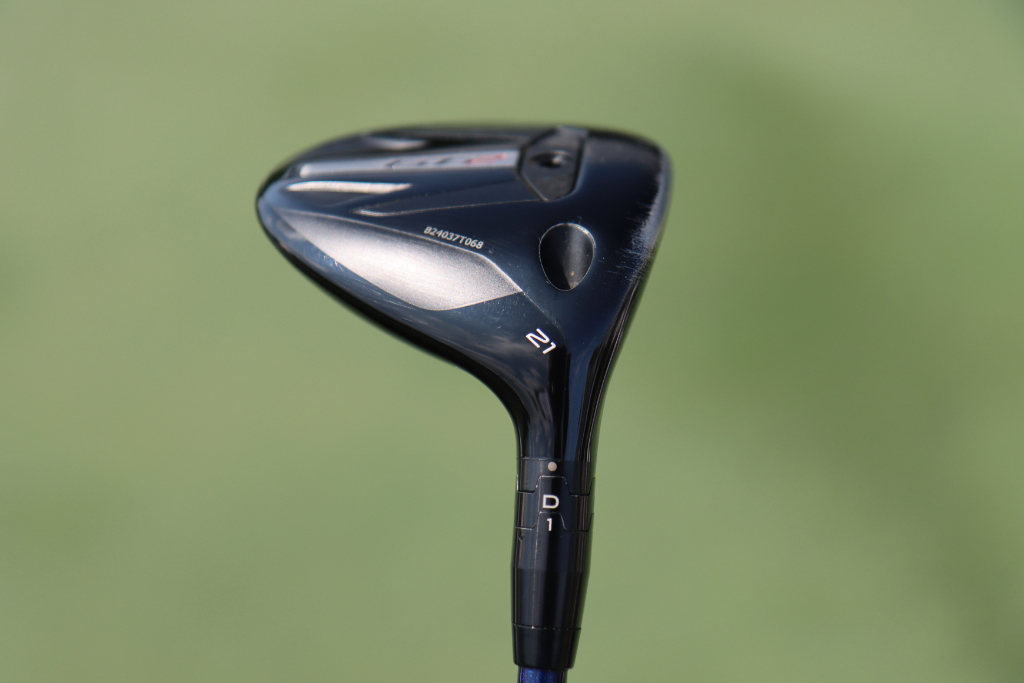
Irons: Titleist T150 (4, 5), Titleist T100 (6-9)
Shafts: True Temper AMT Tour White X100
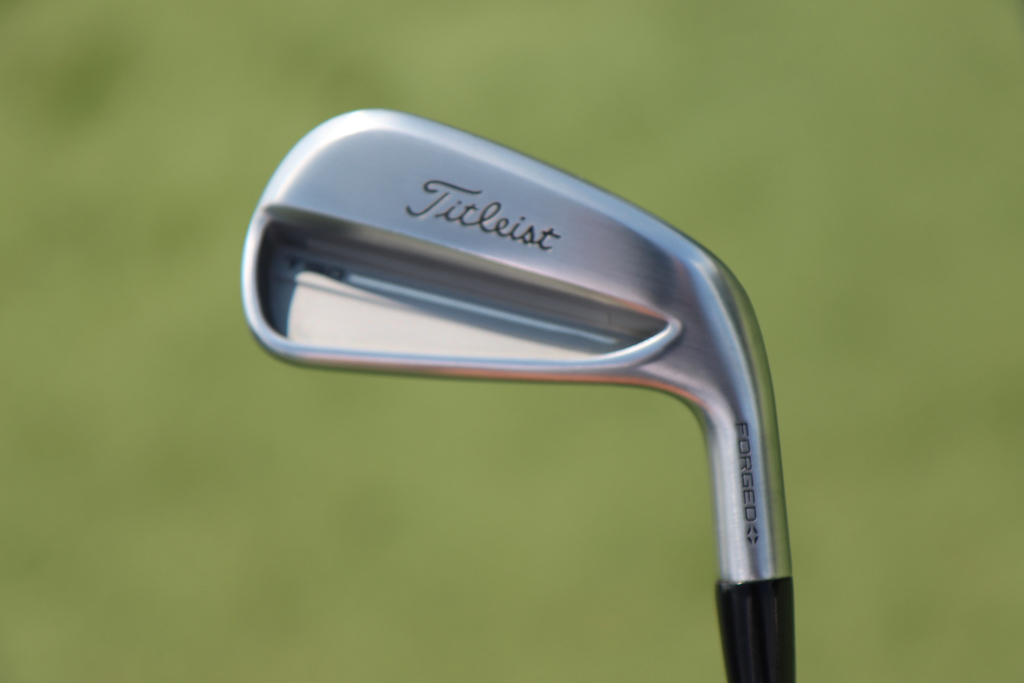
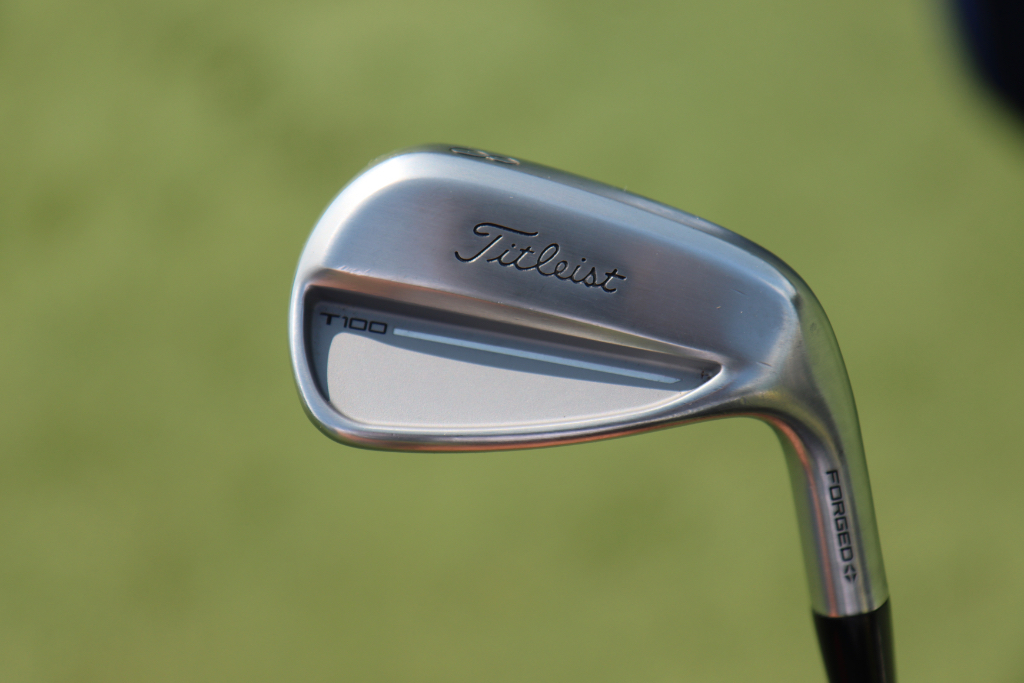
Wedges: Titleist Vokey Design SM10 (48-10F @47, 52-12F, 56-08M @57, 60-04T @62)
Shafts: True Temper Dynamic Gold Tour Issue S400
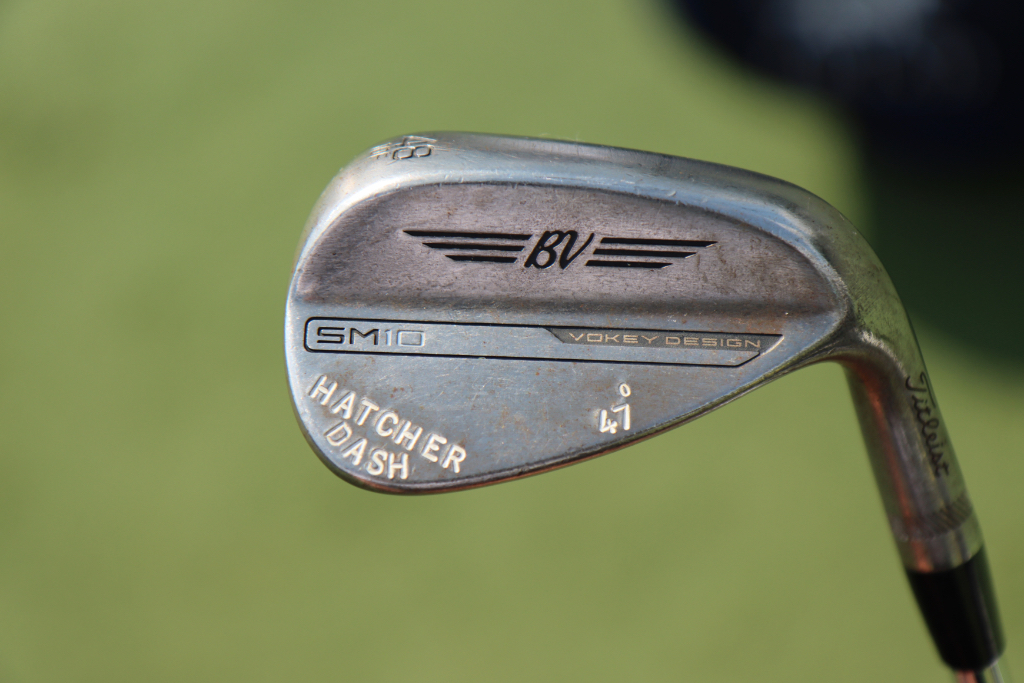
Putter: Scotty Cameron Studio Style Fastback 1.5 Tour Prototype
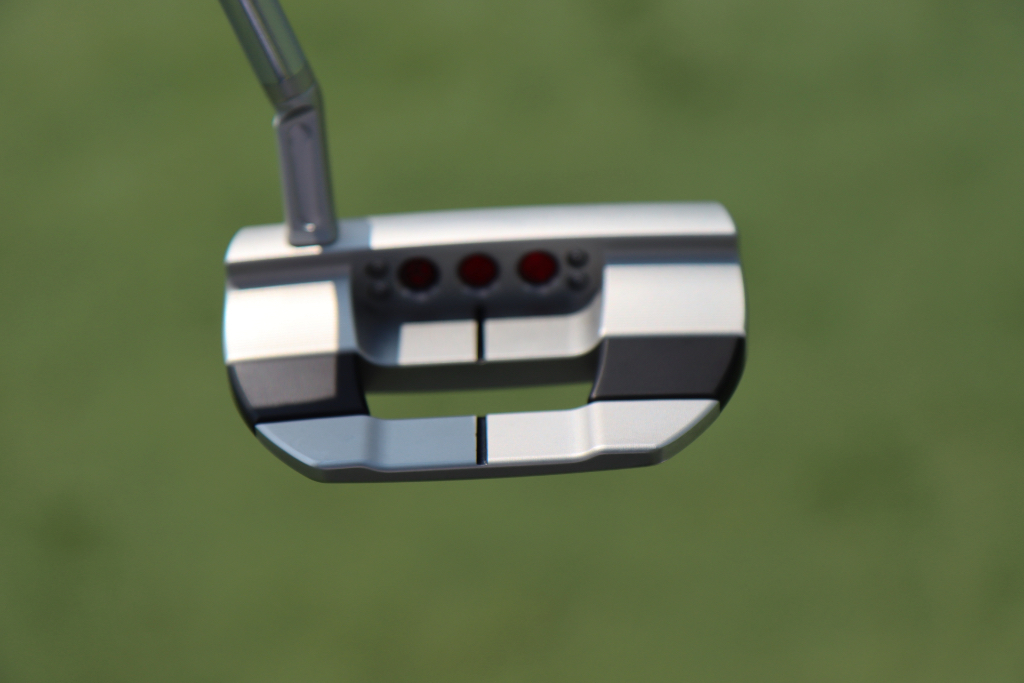
Grips: Golf Pride Tour Velvet
Ball: Titleist Pro V1x Yellow
Equipment
GolfWRX Members Choice presented by 2nd Swing: Best driver of 2025

We’re proud to once again partner with 2nd Swing Golf to bring you GolfWRX Members Choice 2025! 2nd Swing has more than 150,000 new and pre-swung golf clubs available in six store locations and online. Check them out here.

What is the best driver in 2025? At GolfWRX, we take great pride in our online community and the cumulative knowledge and experience of our members. When it comes to the best driver of 2025, we want to know what our forum faithful think.
Since our founding in 2005, the bedrock of GolfWRX.com has been the community of passionate and knowledgeable golfers in our forums, and we put endless trust in the opinions of our GolfWRX members — the most knowledgeable community of golfers on the internet. No other group of golfers in the world tests golf clubs as frequently or as extensively, nor is armed with such in-depth information about the latest technology.
Below are the results of GolfWRX member voting for the 2025 best driver, along with the vote percentage for each club.
Best driver of 2025: The top 5
5. Callaway Elyte Triple Diamond: 6.02%
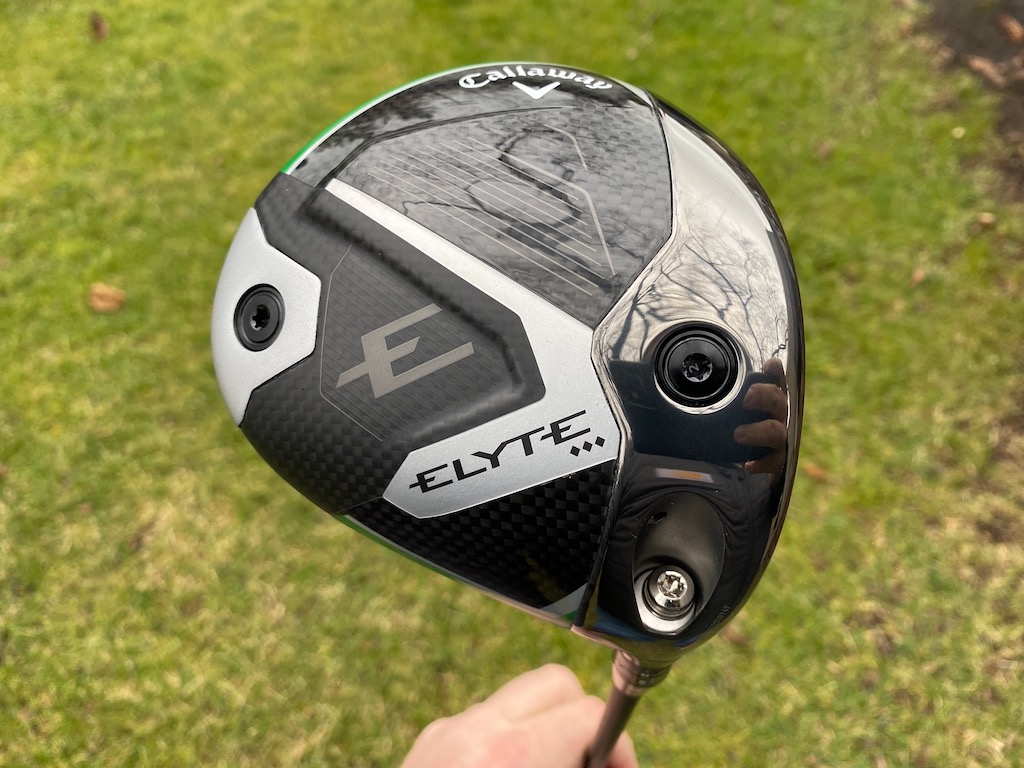
Callaway’s pitch: “For golfers looking for a fast, forgiving, yet workable driver, the Elyte Triple Diamond features a tour-inspired shape and is the preferred model by most Callaway tour players.”
You can read what other golfers are saying about the driver in the GolfWRX forums, and see our launch piece here. Shop the Callaway Elyte Triple Diamond here.
4. Ping G440 Max: 6.86%
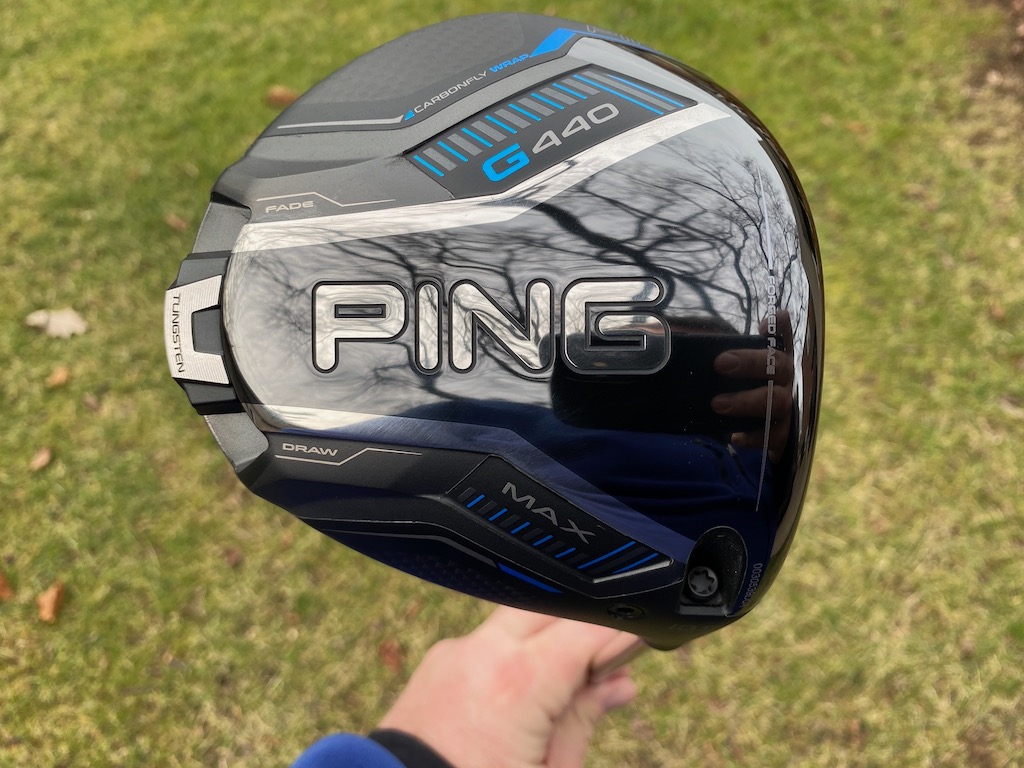
Ping’s pitch: “The most forgiving G440 model, MAX has a hotter face to generate speed and distance, and a lighter overall system weight with a longer shaft (46″) for faster clubhead speed, higher launch and longer carries. The Free Hosel and Carbonfly Wrap crown save weight to create our lowest CG ever and increase forgiveness while contributing to a more muted, pleasing sound.”
You can read what other golfers are saying about the driver in the GolfWRX forums, and see our launch piece here. Shop the Ping G440 Max here.
3. Ping G440 LST: 9.53%
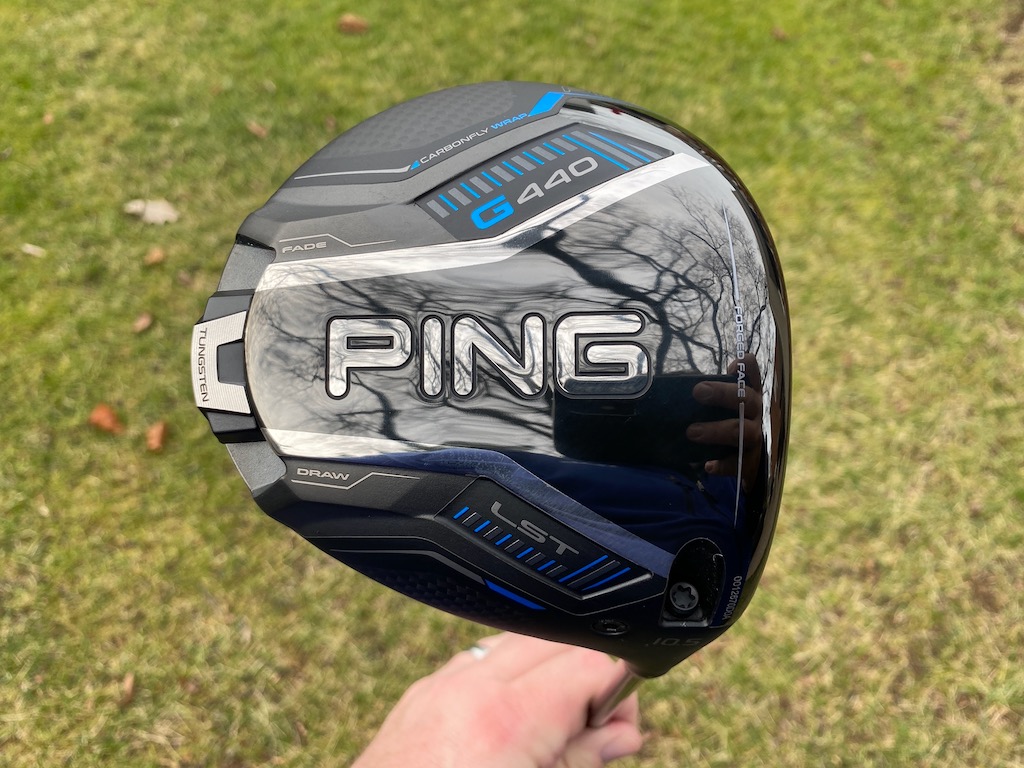
Ping’s pitch: “LST is an especially good fit for faster swings, offering less spin and more control with a penetrating trajectory. A hotter face, lighter overall system weight and longer shaft (46″) deliver more speed and distance while maintaining tight dispersion.”
@phizzy30: “Not a fan of Ping drivers in general, but 440 LST takes the cake. It’s super forgiving across the face for a low spin head, looks and sounds good and the ability to make it play neutral or slightly fade biased through the hosel settings is very appealing.”
You can read what other golfers are saying about the driver in the GolfWRX forums, and see our launch piece here. Shop the Ping G440 LST here.
2. Titleist GT3: 16.55%
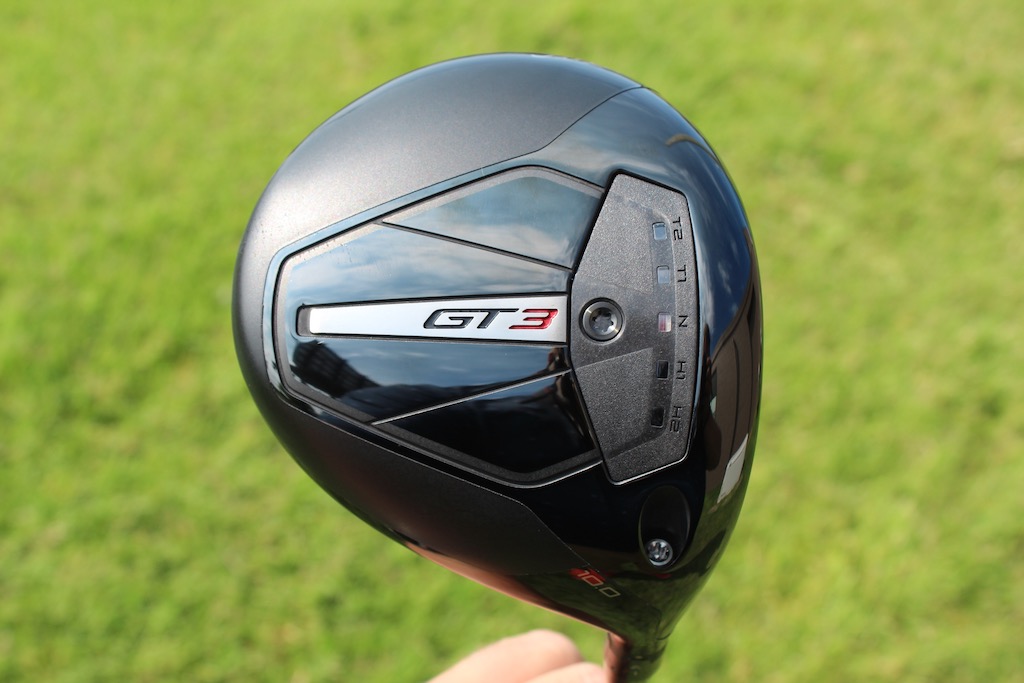
Titleist’s pitch: “The GT3 Driver offers Titleist’s boldest combination of power and personalization through adjustable performance. Dial in the CG Track to your frequent contact location to make your biggest drives even bigger while taking total control over flight and shaping.”
@mrmikeac: “I’ve been Anti-Titleist for years and years and years (outside of Vokey, of course). With that being said, HOLY BEGEEZUS the GT3 driver is an absolute NUCLEAR MONSTER! This thing blew my G430 10K Max out of the water in every single category. Forgiveness is the biggest thing that stands out of me, the 3 model has always been one of the less forgiving models in the past but this GT3 can take bad shot after bad shot and still end up in the fairway, I think a ton of that has to do with the adjustability, it’s actually effective. Feel and sound is perfect, that solid crack is so addicting to hear and when you hit it out the screws this thing can absolutely bomb it. Titleist, I’m sorry for doubting you. You have converted me.”
You can read what other golfers are saying about the driver in the GolfWRX forums, and see our launch piece here. Shop the Titleist GT3 here.
1. Titleist GT2: 22.91%
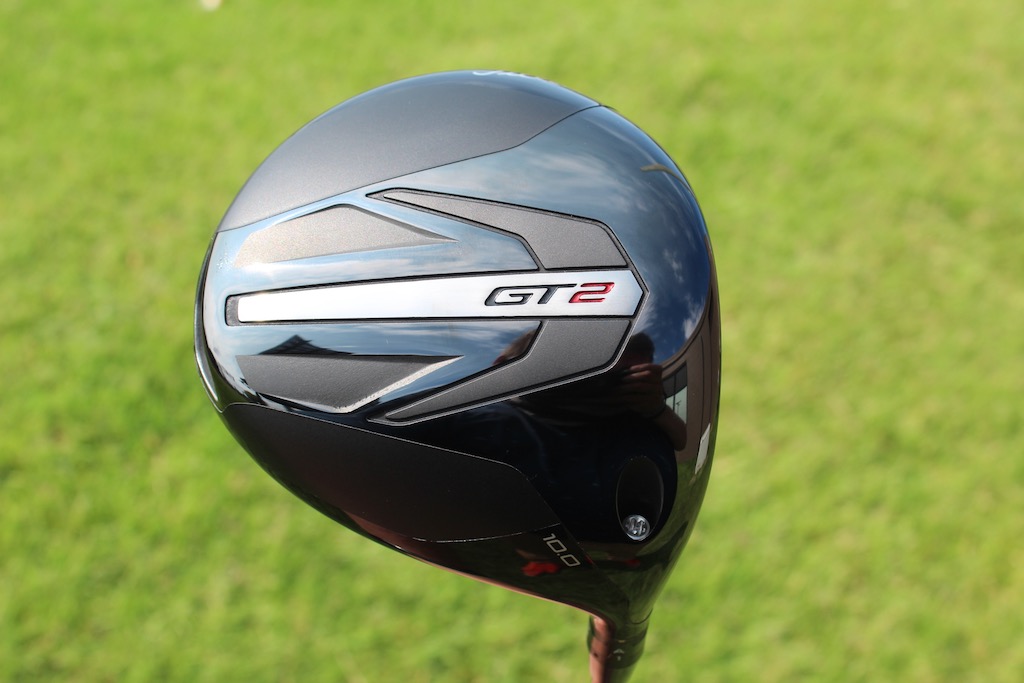
Titleist’s pitch: “Delivering impressive distance from any impact point, the Titleist GT2 Driver extracts maximum performance through a forgiving design. Get the stability and added confidence of a high-MOI driver without sacrificing speed.”
@DTorres: “The Titleist GT2 has proven to be the best driver of the year. Packaged in a classic profile, GT2 perfectly balances performance and forgiveness while consistently being a high performer across all categories.”
You can read what other golfers are saying about the driver in the GolfWRX forums, and see our launch piece here. Shop the Titleist GT2 here.
Other drivers receiving >2% of the vote
| Driver | Vote percentage (%) |
|---|---|
| Cobra DS Adapt Max K | 4.85% |
| Ping G430 Max 10K | 3.85% |
| Callaway Elyte Triple Diamond | 3.68% |
| TaylorMade Qi35 | 3.51% |
| Callaway Elyte | 3.18% |
| Cobra DS Adapt X | 2.34% |
| Cobra DS Adapt LS | 2.17% |
| TaylorMade Qi35 LS | 2.17% |
View this post on Instagram





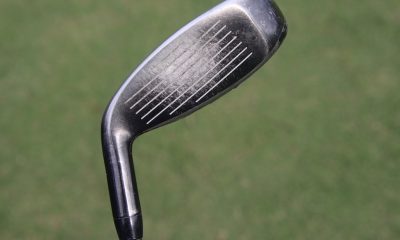

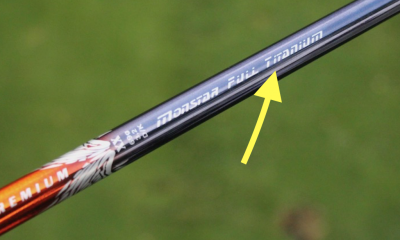

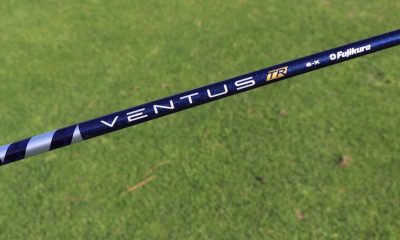

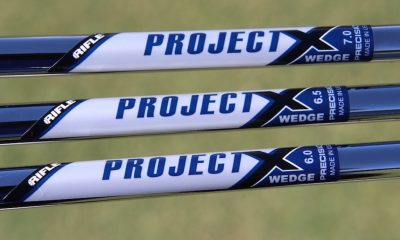

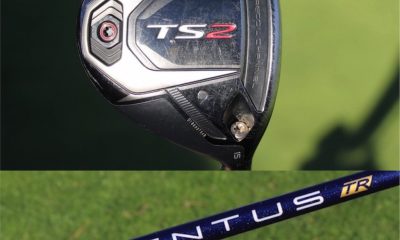









Adam
May 29, 2017 at 4:29 pm
There are other JDM shafts that haven’t crossed the Pacific yet: Basilieus, Crazy, Design Tuning, and more. Maybe a shaft from one of these would suit Kelly better. Unfortunately for him, they don’t have reps dropping stuff into tour van stockpiles. Old Jerry needs to take out the pacifier out and go do some legwork. PGA players are a bunch of spoiled brats who don’t know squat about their own tools.
mikey t
May 12, 2017 at 11:59 am
idiots !!!!!
Kd
May 12, 2017 at 9:21 am
Fuji Pat is a stud. Been around the game a long time time and is a straight shooter. Nice work.
SH
May 11, 2017 at 9:55 pm
Wait – you told Jerry Kelly to go to 7.5? Whatever happened to LOFT UP! ? So now it’s back to put weight in the back of the head and loft down – again. Nothing to do with the right shaft. The new shaft didn’t give him the numbers, so he just went ahead and started clicking the head around until he found the right flight numbers – at 7.5 loft. Duh. You just debunked your own advertorial.
Chris
May 15, 2017 at 1:26 am
Who is “you”? This article wasn’t written by TM, do the Fuji rep in this piece have a reputation for being a fanatical loft up advocate?
Cdub
May 11, 2017 at 7:11 pm
Great article!! Thank you Zak.
Zak Kozuchowski
May 12, 2017 at 8:04 am
Thank you, Cdub! I’m glad you enjoyed it.
Tour Wives
May 11, 2017 at 5:59 pm
Year after year
DJ has the hottest shaft on the pga tour
rebfan73
May 11, 2017 at 9:35 pm
+1
Golf Scientist
May 11, 2017 at 3:50 pm
It’s all in the shaft, boyz….. and the clubhead is just an inertial mass that is detrimental to the golfswing. The golfswing takes about a second of time while the impact event is only 0.5 milliseconds or so …..!!!
There are 1000 milliseconds in 1 second… so that orgasmic impact event is only 0.05% of the golfswing… soooo impact = 0.05%…. and swing = 99.05%.
So now tell me the clubhead is extra significant in the golfswing, and the shaft is just something you stick into the clubhead to get it to the ball.
—————–
Clubhead aerodynamics, weight distribution, size, material, cosmetics, are somewhat insignificant in the entire golfswing… but wait!!!…. it’s the clubhead that hitshitshits the golfball…. therefore ….. I love my clubheads soooo muuuuch because they are soooo purtty ….!!!!
Kevin
May 11, 2017 at 5:26 pm
Not even close
Kenn
May 12, 2017 at 12:03 pm
Agreed…. the impact of the clubhead is not even close to the duration of the golfswing ….!
Ron
May 12, 2017 at 12:31 pm
Fine….I’ll be the guy to point out your math doesn’t equal 100%…
DB
May 11, 2017 at 1:41 pm
Interesting article. But I still think the #1 factor in being the hot shaft on the PGA Tour is marketing.
Looking at the distance stats over the years, it seems players aren’t gaining distance or accuracy with newer shafts. Maybe they find one they like better, or it feels better, looks cooler, etc. And that’s all well and good, I’m fine with that, but let’s be realistic about it.
Paul
May 11, 2017 at 7:39 pm
if a shaft doesn’t have the right bend profile for me i hit it all over the face. I am not the only person like that. all quick transition people need a specific shaft type. slower swingers can hit anything that feels good or works.
Don
May 12, 2017 at 10:48 am
Right track, with a correction. I’m both slower swinging and suffer a quick transition. I need a high launch but stiff shaft to keep the ball in a reasonable dispersion pattern. I consider the shaft to be 50-75% of the value of a fitting. Just swap the heads to get to the correct loft for the shaft. I’d prefer to state it that casual players can hit anything that feels good or works. Just don’t lump all slow swingers into that group.
Mitch Young
May 11, 2017 at 1:02 pm
my take away from this article is that even in the hands of the best players in the world, a shaft can’t fill all the gaps, its like the rock paper scissor paradigm. There isn’t shaft out that can optimize your spin, launch and ball speed, one of those aforementioned attributes will have to give. great article.
Zak Kozuchowski
May 11, 2017 at 1:36 pm
Thanks for the comment, Mitch, and I appreciate your feedback. What I hoped to get across what how hard it was to make a successful product on the PGA Tour, and all the elements that are a part of it. A good product or a good story or good relationships aren’t enough. It takes everything.
Scott
May 11, 2017 at 12:52 pm
Yes, I thought it was a bit of an advertorial also, but it was very interesting. Now I have to find out if my current club has the right “land angle”. Geeze
Dell Man
May 11, 2017 at 11:49 am
I don’t understand the comments about it being an “advertorial”. It’s a feature story on Fujikura Shafts and the fitting process for Tour Players. That’s what publications do, feature stories. This is just a well reported and interesting story about a guy who is in the mix of fitting players every week who happens to work for Fujikura. It could have been any shaft company, it just happens to be that the writer had a relationship, or built one, with this guy who works at said company. Great story, well done.
Bert
May 12, 2017 at 8:42 am
Then title the article that way! It’s marketing pure and simple.
carl spackler
May 11, 2017 at 10:37 am
Fujikura’s product line wasnt confusing b/c it had to many products, it was confusing b/c they named everything speeder. Come up with some new names and new ways to describe what profile the shaft is.
Cris
May 11, 2017 at 8:40 am
How much to run an advertorial here these days? I’ve seen many of them lately.
SirBigSpur
May 11, 2017 at 10:08 am
Took the words right out of my mouth. Pretty much confirmed that this “article” was an ad when I looked at Rory’s WITB article and saw a “buy now” link under only the Fujikura shaft in his bag (and the full graphical Fujikura logo). Sad.
TCJ
May 11, 2017 at 7:59 am
I think the title should read: What It Takes To Be The Hottest Shaft On The Champions PGA Tour
AH
May 11, 2017 at 7:58 am
Aldila still #1
Ian
May 11, 2017 at 7:13 am
Tl;dr – don’t worry if you swing like a rusty gate, just buy a new driver (with a fujikura shaft obviously). Ask for the Atmos Tour Spec Red.